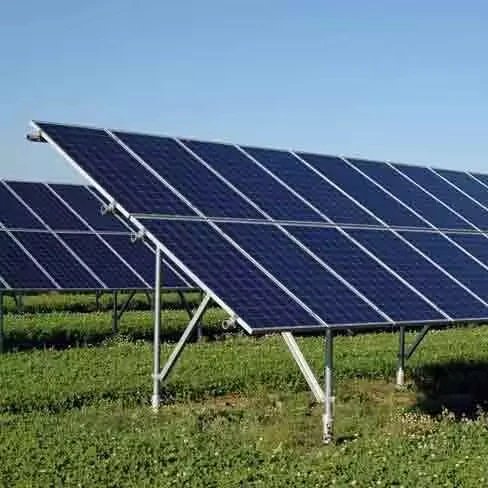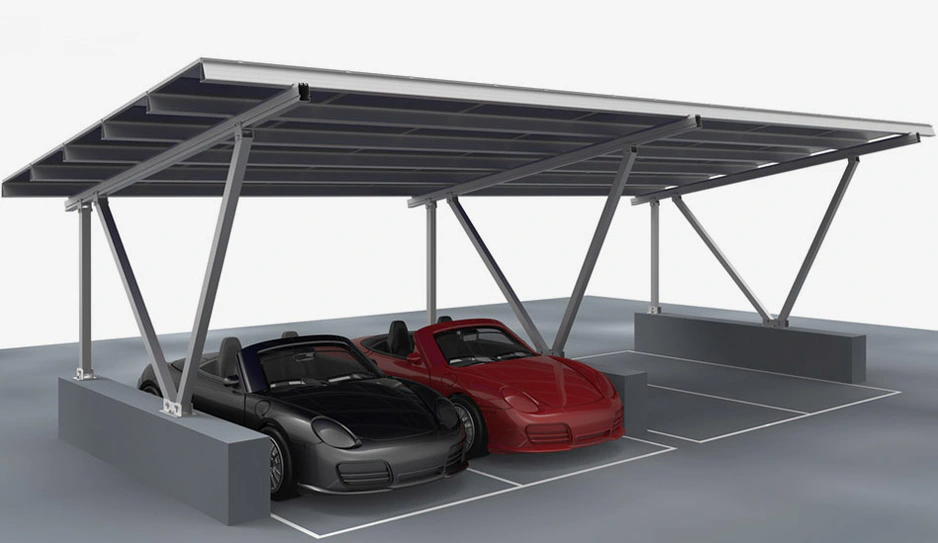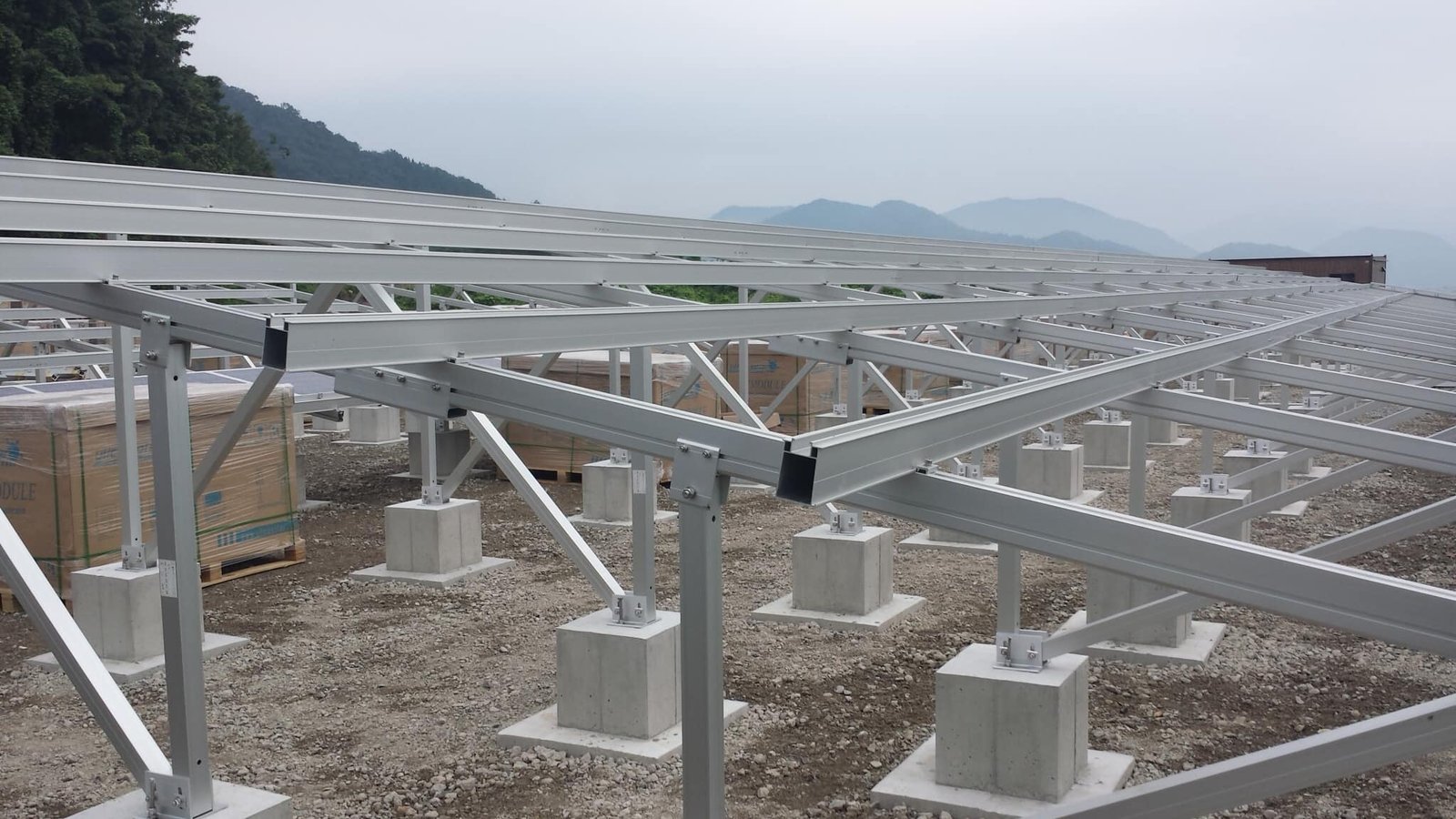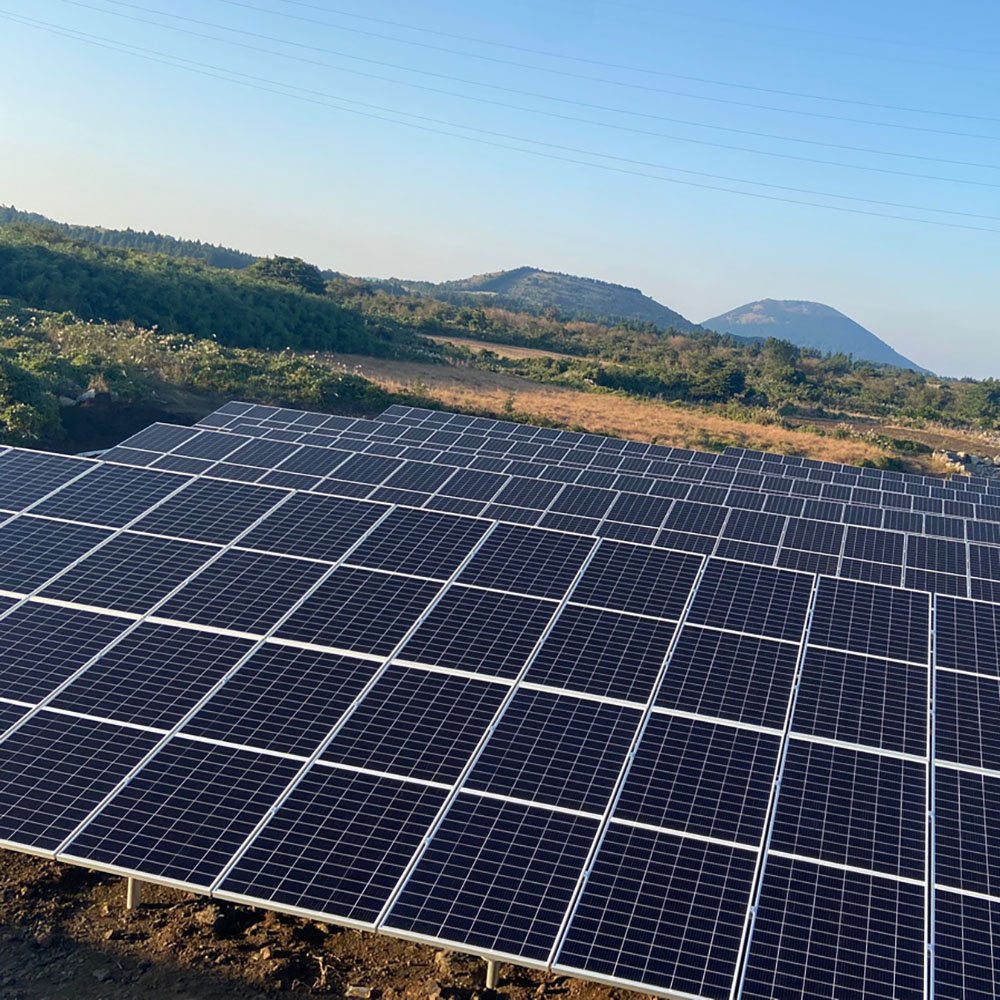-
中国福建省アモイ市海滄区興港一路322号2103室

What Is Floating Solar Power? Advantages, Disadvantages, and Installation Insights
Floating solar power refers to photovoltaic systems installed on water surfaces such as ponds, reservoirs, and lakes. This innovative solar solution is gaining attention worldwide—including in Japan—for its ability to utilize unused water surfaces while preserving land and maintaining high energy efficiency.
Table of Contents
What Is Floating Solar Power?
Floating solar power systems install solar panels on platforms that float on bodies of water. Traditional installations are typically land-based—on rooftops or open fields—but with the growing need to optimize unused areas, water bodies are increasingly being repurposed for solar power generation.
The systems use floating mounting structures to support the solar panels and anchor systems to secure them to the waterbed, preventing displacement or damage from environmental forces.
📌 Learn more: Floating Solar Mounting System – FirstSolar

Advantages of Floating Solar Power
1. Better Energy Efficiency
Solar panels operate most efficiently at cooler temperatures. Since water naturally reduces ambient heat, floating solar panels stay cooler compared to land installations—allowing them to maintain optimal performance around 25°C panel surface temperature, even in warm weather.
2. Flexible Site Availability
Floating solar can be installed in a wide range of water environments, such as:
- Agricultural ponds
- Flood control reservoirs
- Dams and lakes
With over 150,000 ponds in Japan alone, the potential for nationwide deployment is vast. Globally, many regions face land scarcity for solar farms, making water-based systems a smart alternative.
3. Minimized Shading Risks
Unlike rooftops or urban lands, water surfaces are generally flat and unobstructed. This minimizes shading from buildings, trees, or antennas, which are common causes of power loss in urban solar setups.
4. Dual Use of Agricultural Ponds
Floating solar panels enable エネルギー生産 while maintaining the original purpose of the pond—such as irrigation or flood control. Generated electricity can even be sold to offset pond maintenance and repair costs.
5. No Land Grading Required
Unlike ground-mounted solar systems that require excavation or vegetation clearing, floating systems avoid land development entirely, reducing initial investment costs そして environmental disruption.
6. Water Quality Protection
Floating panels shade the water surface, which helps lower water temperatures and inhibits the growth of harmful algae such as blue-green algae (Aphanizomenon), known for causing foul odors and water pollution.
Disadvantages of Floating Solar Power
1. Limited Qualified Contractors
Floating solar requires specialized engineering knowledge in:
- Buoyancy structures
- Anchoring systems
- Aquatic environmental protection
- Compliance with marine and environmental laws
The number of experienced contractors is still limited, especially outside of countries like Japan and the Netherlands, resulting in longer lead times and higher installation costs.
2. Difficult Maintenance
Routine checks often require:
- Boats or watercraft access
- Diving inspections
- Saltwater corrosion protection (for coastal installations)
In contrast to land-based systems, floating PV may require more frequent そして costlier maintenance, including inspections for biofouling または drifting.
🧰 Tip: Partner with specialists like FirstSolar, who provide complete floating PV solutions including anchoring, monitoring, and after-sales maintenance.
Key Considerations for Pond Installations
1. Disaster Preparedness
Japan’s seismic and typhoon activity makes it crucial to choose systems with:
- High wind and wave resistance
- Reinforced anchoring systems
- Corrosion-resistant materials
✔️ FirstSolar’s systems are tested for disaster resilience and include ground screw anchoring systems suitable for floating installations.
2. Energy Output Management
Since water levels and solar angles change with seasons and weather, monitoring systems and flexible designs are required to ensure year-round power performance.
💡 Use IoT-based remote monitoring and schedule regular inspections to maintain optimal performance.
Real-World Application: Floating Solar in Action
Floating PV projects are being implemented across Asia, Europe, and the Americas. In Japan alone, thousands of agricultural ponds are already suitable for solar deployment.
With proper system design and reliable mounting technology, ponds of all sizes—from a few dozen square meters to several hectares—can become energy sources.

Recommended Products for Floating Installations
Summary
Floating solar systems are an innovative and sustainable solution to increasing renewable energy output without additional land use. In regions like Japan, where agricultural ponds are abundant, floating PV installations offer excellent opportunities to improve energy independence and maintain local infrastructure.
However, due to the need for advanced engineering and aquatic maintenance, it’s crucial to partner with experienced providers. FirstSolar offers globally trusted floating solar mounting systems, anchoring designs, and long-term maintenance support—ensuring high efficiency and long service life.
If you’re looking for a reliable supplier of floating solar mounting systems, trust FirstSolar for durable, proven solutions tailored to your project needs.








